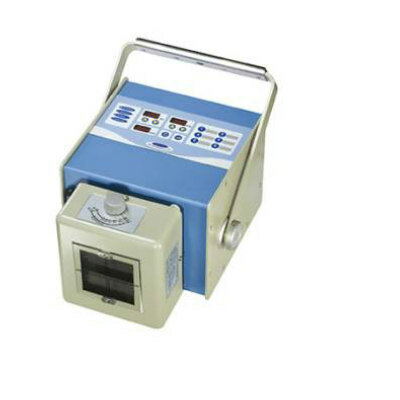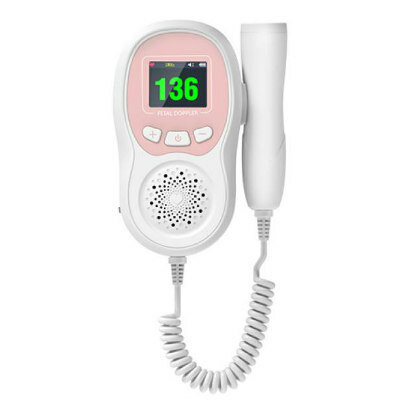CT Use, Costs, Radiation Dose Can Be Cut by at Least 50%
By MedImaging International staff writers
Posted on 06 May 2013
According to new findings, it is not necessary to scan trauma patients based on a nonfocused conventional trauma computed tomography (CT) protocol, if the patient is transferred for care after already undergoing a focused CT scan based on the patient’s history and physical examination. Posted on 06 May 2013
The study, conducted at the University of Pittsburgh Medical Center (PA, USA), reviewed the records of 100 patients who were transferred from another facility. “The standard trauma CT protocol for all level 1 and 2 trauma patients transferred to our facility includes a CT examination of the head, cervical spine, thoracic spine, lumbar spine, chest, abdomen and pelvis,” said Dr. Matthew Heller, a lead author in the study. “We found that these additional tests generated 463 negative CT examinations. In seven patients, there were minor unexpected acute findings, such as nondisplaced rib fractures. However, the findings did not change the treatment of any of these patients,” said Dr. Heller.
Dr. Heller presented his study’s findings April 17, 2013, at the American Roentgen Ray Society (ARRS) annual meeting in Washington DC (USA). “In short, scanning patients according to the standard trauma protocol generated hundreds of CT examinations which did not impact the patient’s care,” concluded Dr. Heller. “On average, we found that the standard trauma protocol generated approximately five CT examinations per patient that were either negative or not clinically significant. In our study, we estimate that CT utilization, imaging costs and radiation dose can be reduced by at least 50% if the standard imaging protocol is replaced by imaging dictated by the patient’s history and physical examination findings.”
Related Links:
University of Pittsburgh Medical Center














